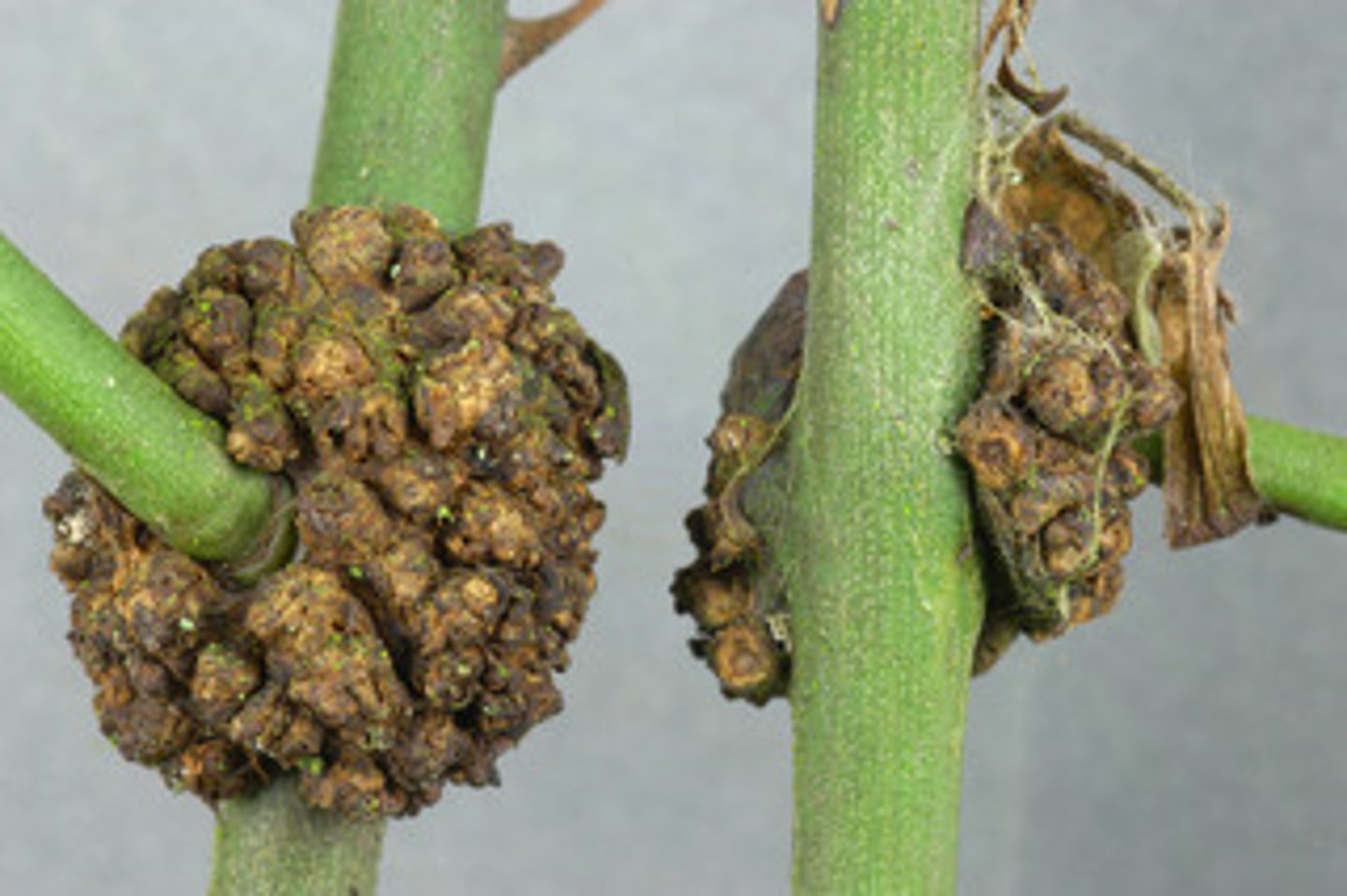unit 3 booklet 4: bacterial transformations and GMO's
1/16
There's no tags or description
Looks like no tags are added yet.
Name | Mastery | Learn | Test | Matching | Spaced |
|---|
No study sessions yet.
17 Terms
Plasmid
A small ring of DNA that carries accessory genes separate from those of the bacterial chromosome. replicates independently and contains point of origin, recognition sequence and screening marker.
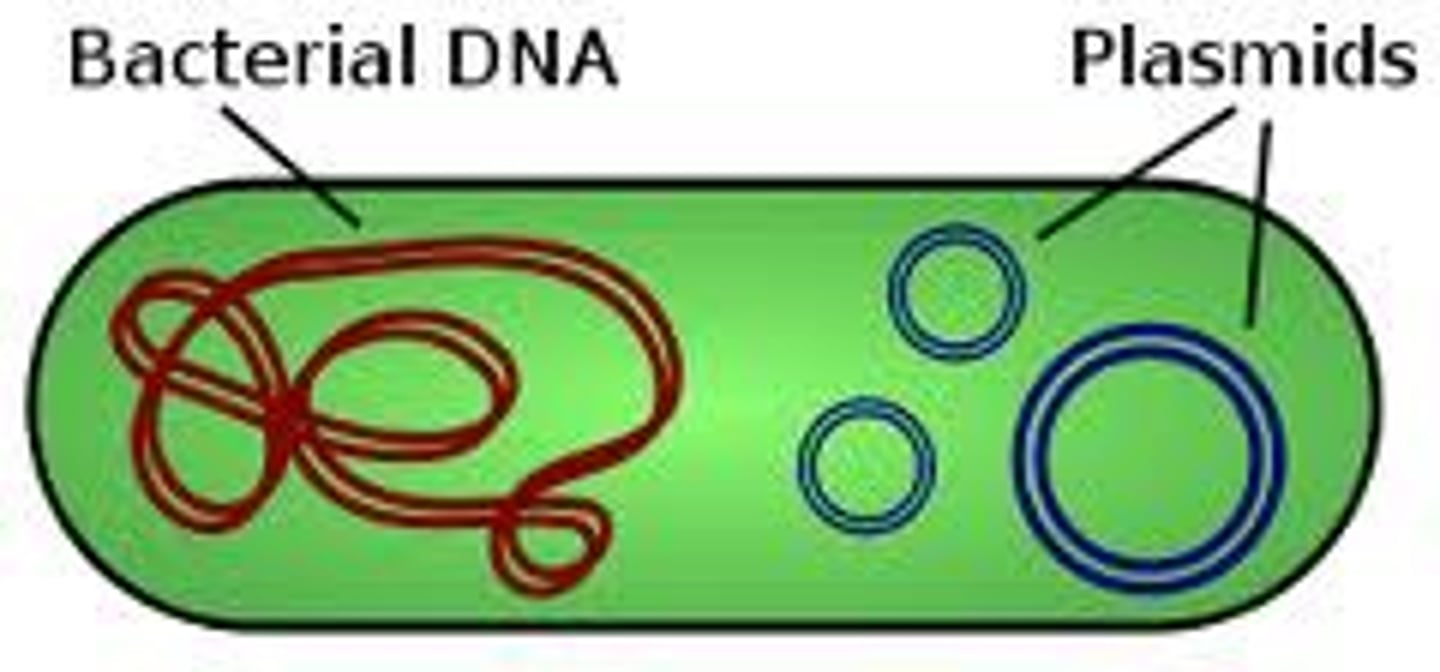
electroporation
A technique to introduce recombinant DNA into cells by applying a brief electrical pulse to a solution containing the cells. The pulse creates temporary holes in the cells' plasma membrane, through which plasmids can enter.
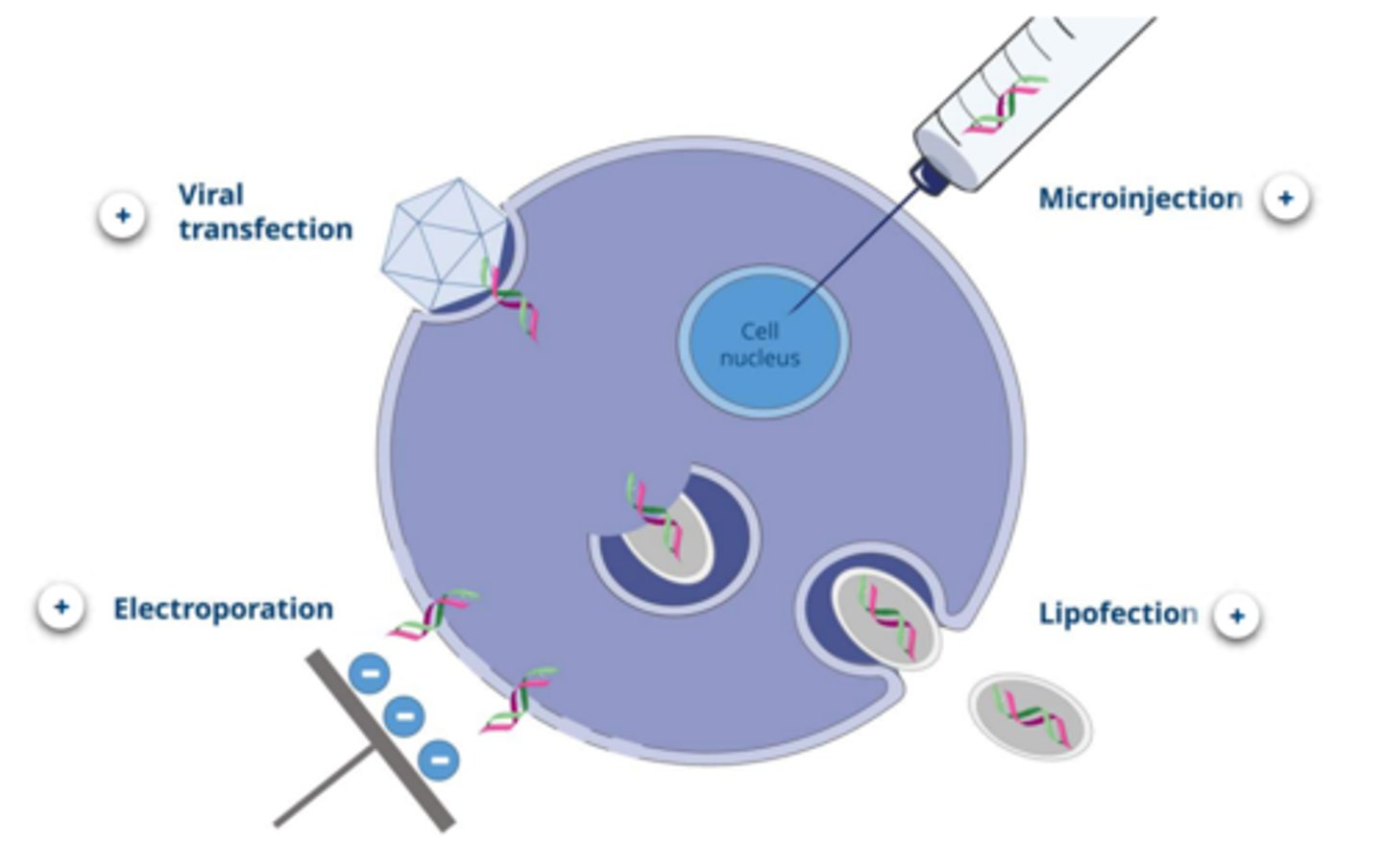
genetically modified organism (GMO)
an organism produced by copying genes from a species with a desirable trait and inserting them into another species; or same species different organism
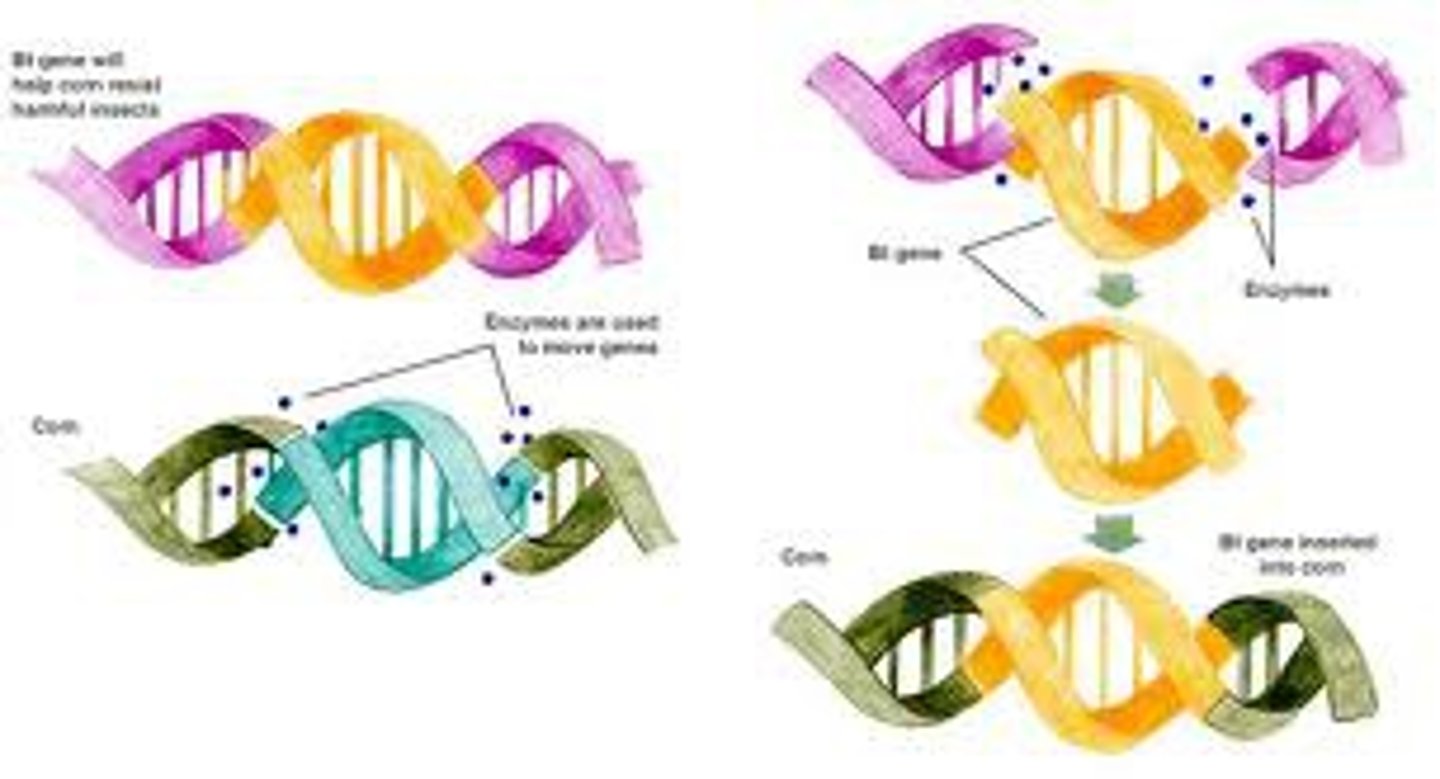
heat shock
cold-hot-cold process to insert a plasma into a bacterial cell
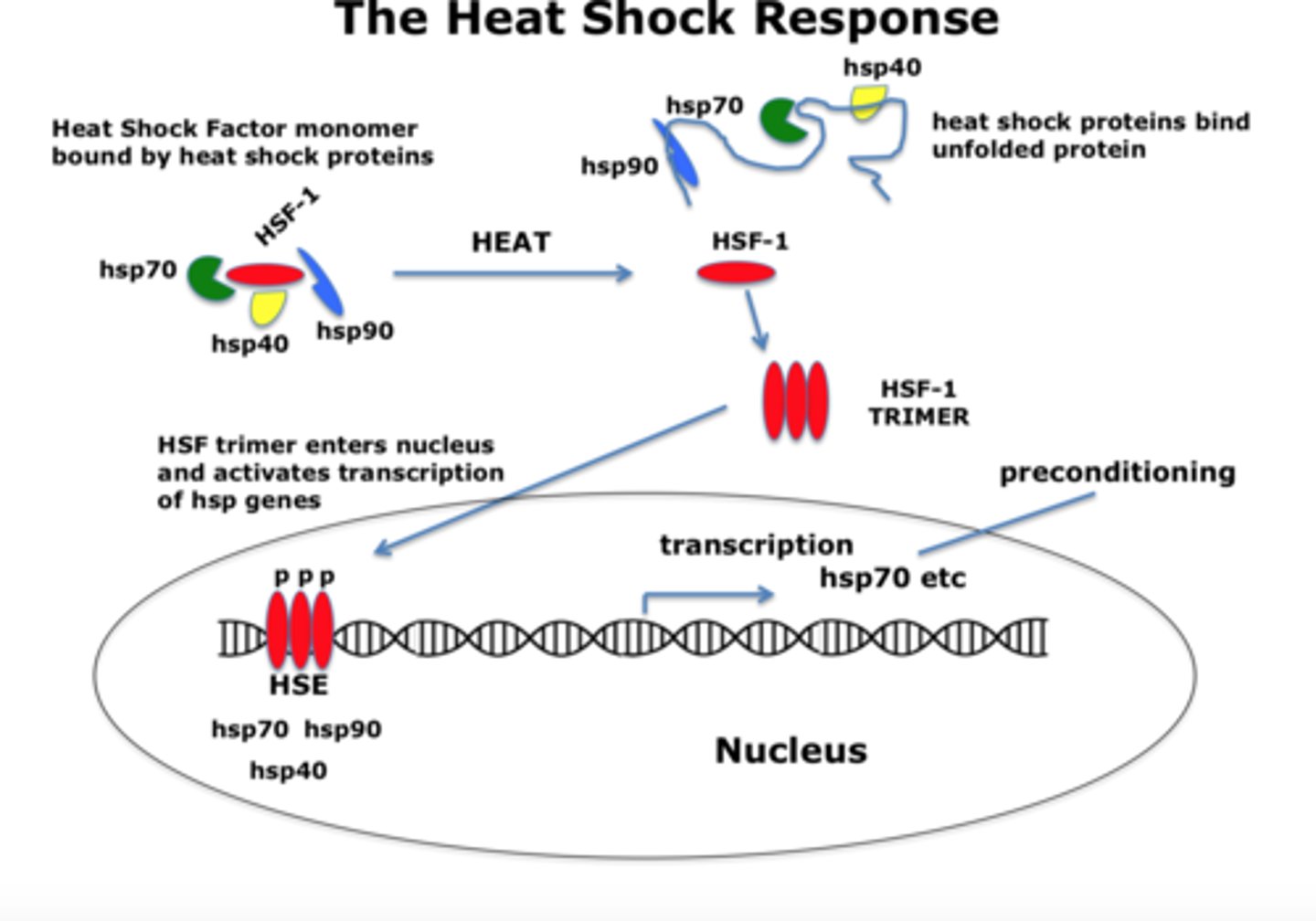
pre-proinsulin
an inactive precursor molecule of insulin that includes a signal peptide
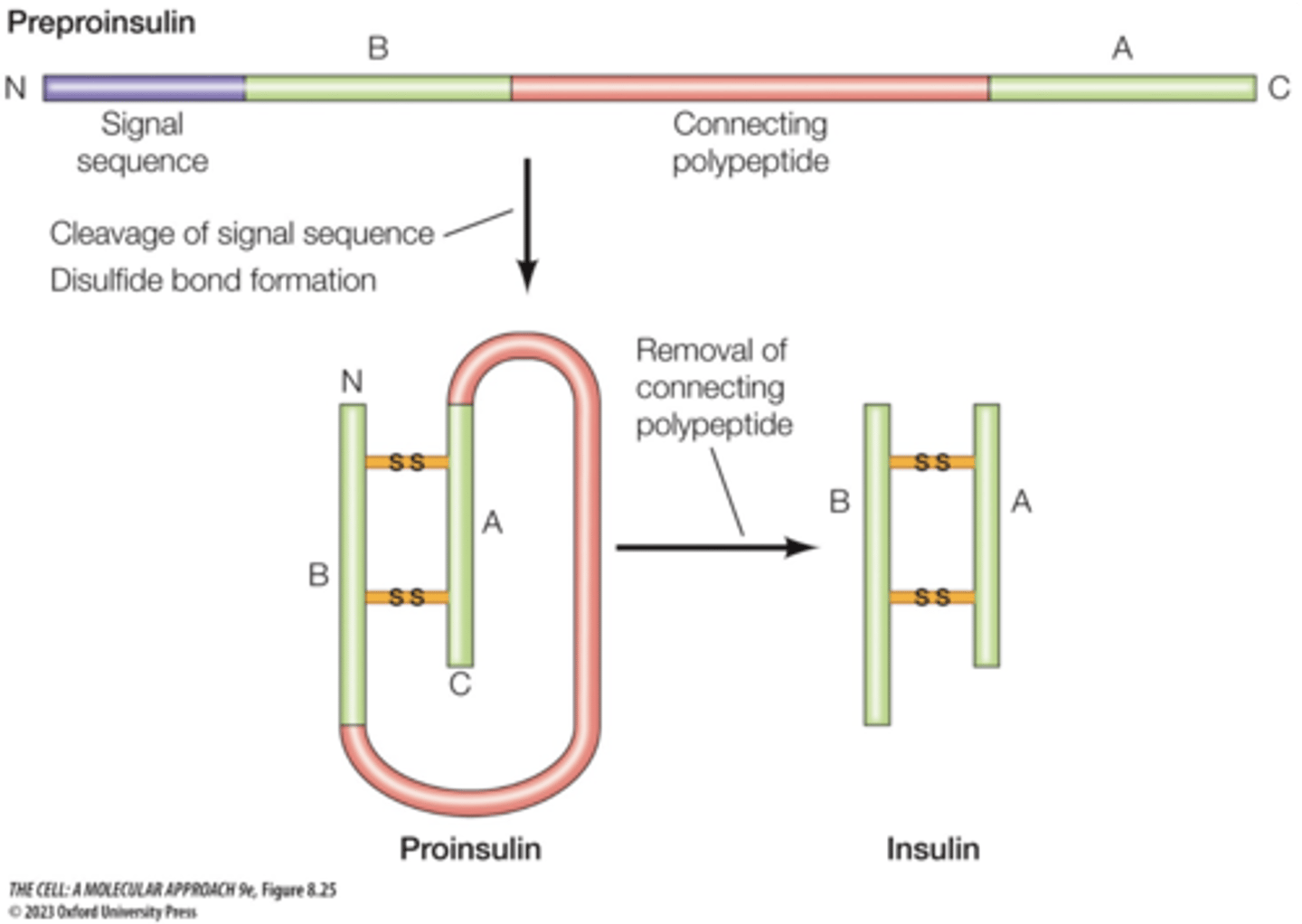
Proinsulin
slightly altered form on insulin made naturally in humans.
synthesized as a single-chain peptide
C peptide is removed to yield insulin.
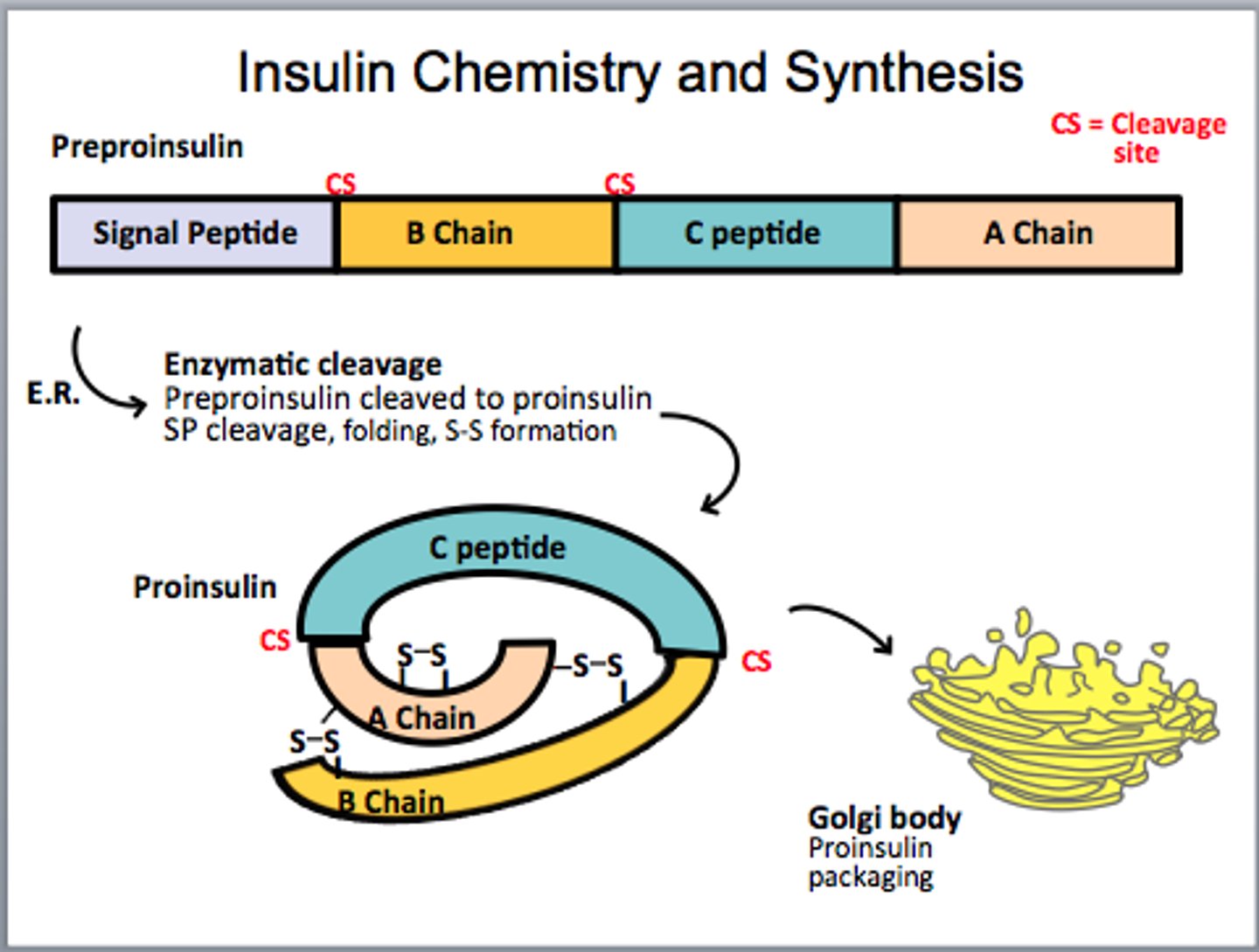
Insulin
A quaternary protein (2 chains) hormone synthesized in the pancreas that regulates blood sugar levels by facilitating the uptake of glucose into tissues

origin of replication (ORI)
Site where the replication of a DNA molecule begins, consisting of a specific sequence of nucleotides.
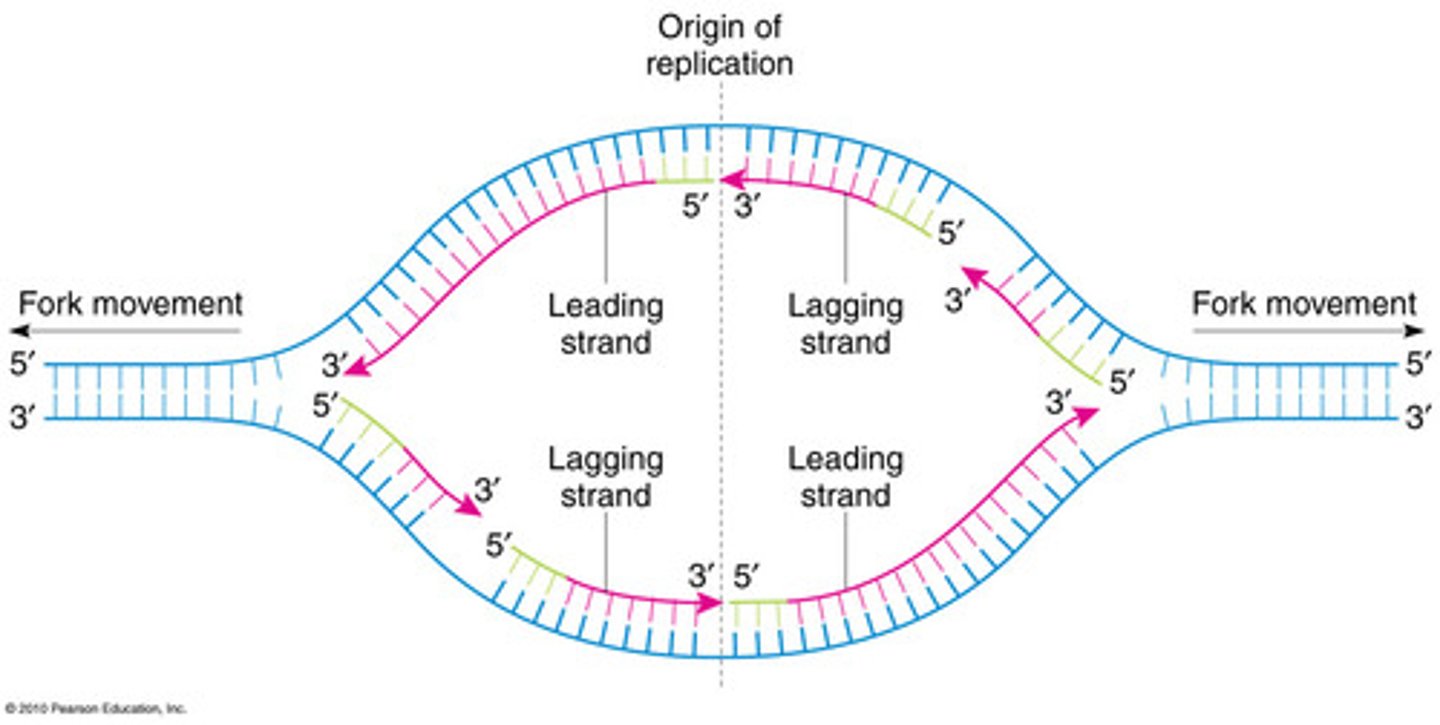
recombinant plasmid
plasmid that has had a particular gene, from another source, inserted into it using restriction enzymes, and secured using DNA ligase
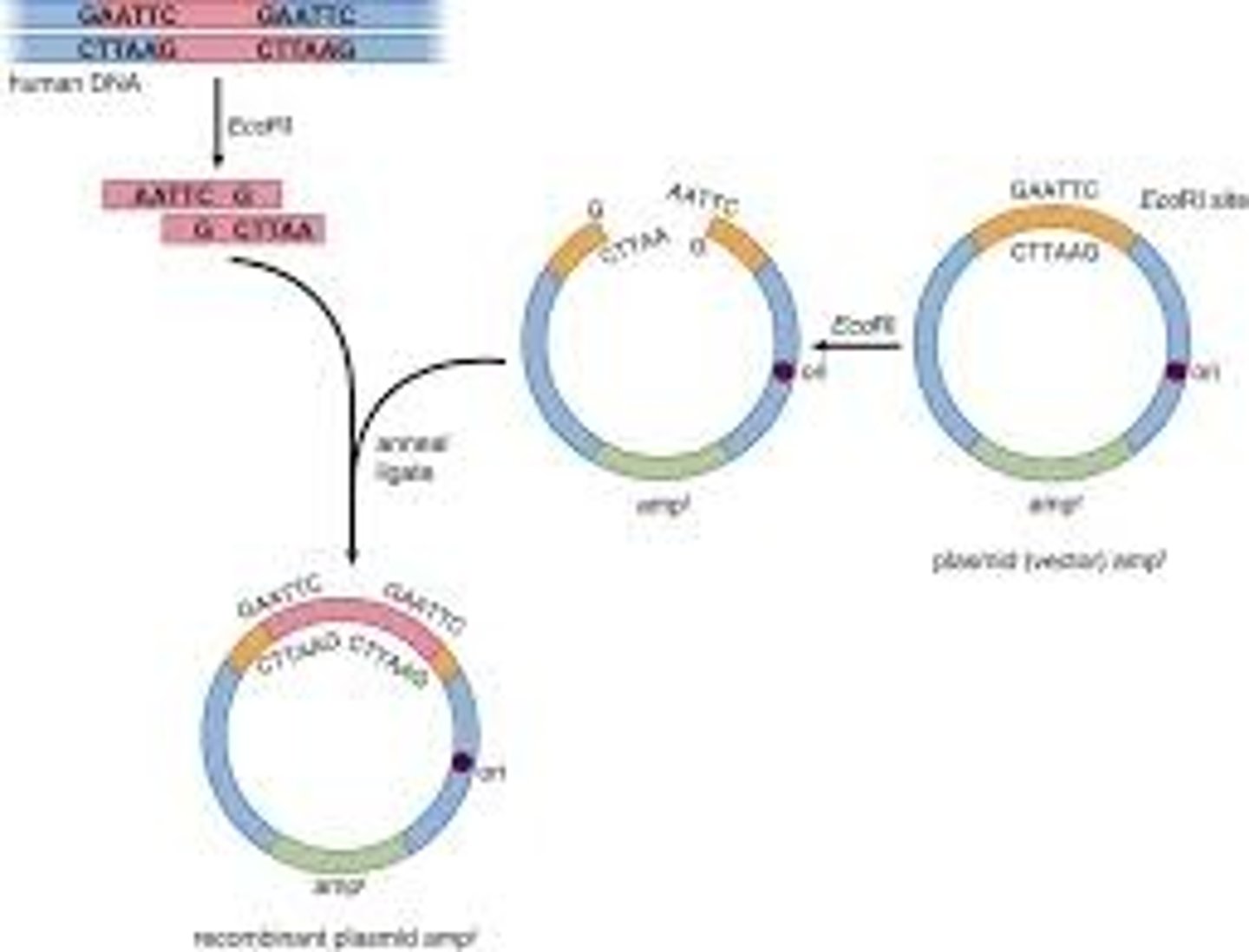
bacterial transformation
ability of bacteria to alter their genetic makeup by uptaking foreign DNA from another bacterial cell and incorporating it into their own. bacteria that contains a recombinant plasmid

selectable (genetic) marker
a gene introduced into a cell, especially a bacterium or to cells in culture, that confers a trait suitable for artificial selection. used to identify if a bacteria has been transformed (e. LacZ, ampR)

transgenic organism
Organisms that contain functional recombinant DNA from a different species

Vector
a DNA molecule (often plasmid or virus) that is used as a vehicle to carry a particular DNA segment into a host cell as part of a cloning or recombinant DNA technique.

self-replicating
able to generate a copy of itself (bacterial plasmids, cells and RNA)
insecticide
pesticides that are formulated to kill, harm, repel or mitigate one or more species of insect.
producing recombinant insulin
1. the DNA that codes for chain a and b for insulin is synthesised using DNA synthesisers or reverse transcriptase to produce cDNA (no introns)
2. the insulin gene and plasmid are cut with the same endonuclease forming complementary sticky ends. the two DNA molecules (chain a and b) are then inserted into 2 separate plasmids
3. the plasmid contains the selectable marker, the lacZ gene. LacZ encodes for beta-galactosidase and ampR
4. the recombinant plasmids are then mixed with the bacterial cells. plasmids enter the bacteria in a process called transformation using heat shock. the bacteria is incubated, allowing for the replication of bacteria and plasmids.
5. bacteria are spread over agar plates containing ampicillin and X-gal. bacteria with the recombinant plasmid and non-recombinant plasmids are able to grow in the presence of ampicillin.
6. bacteria that have not transformed are able to express the beta-galactosidase gene, therefore produce beta-galactosidase and break down X-gal which produces blue colonies.
7. transformed bacteria cannot express the beta-galactosidase gene as it has been interrupted, so will not break down X-gal and therefore be colourless to white in the presence of X-gal.
8. the bacteria with the recombinant plasmid undergo a fermentation process. the millions of bacteria replicate roughly every 20 minutes, expressing the insulin gene. the process of producing millions of copies of the insulin gene is called gene cloning.
9. cells are then lysed using lysosomes, where the proteins are able to be extracted. the protein is treated, separating insulin chains from other bacterial proteins
10. the purified samples can be tested to ensure no bacterial E.Coli proteins are mixed with the insulin
11. the two chains are mixed together and re-joined by disulphide bonds producing insulin
agrobacterium
soil proteobacteria with a plasmid that gives them the capacity to infect plants and cause a tumor (crown gall). contains Ti plasmid and can insert gene into T-DNA which naturally acts as a vector to insert a gene of interest into plants DNA
